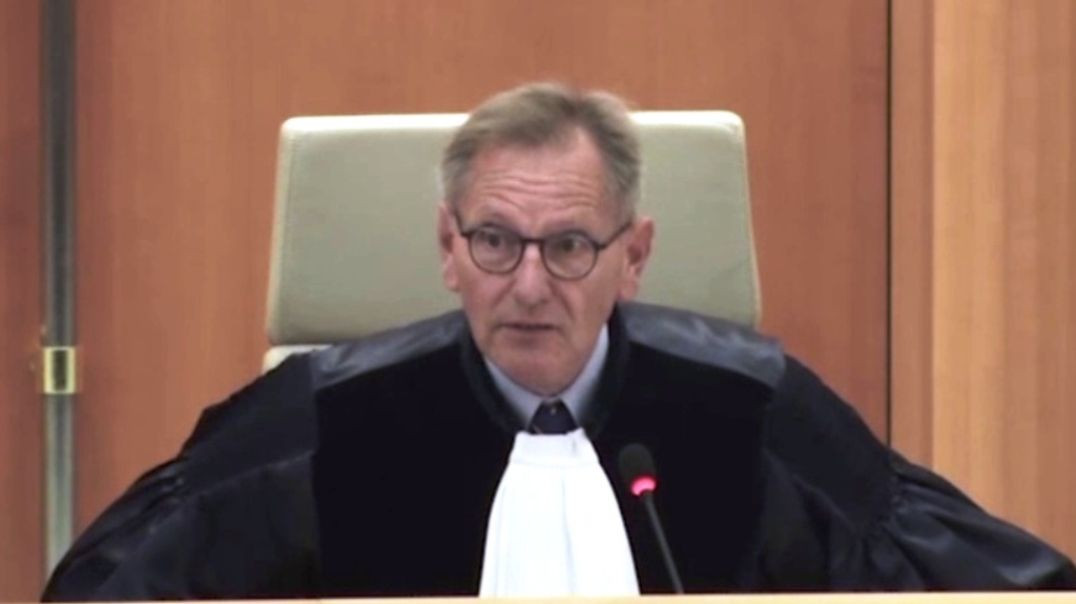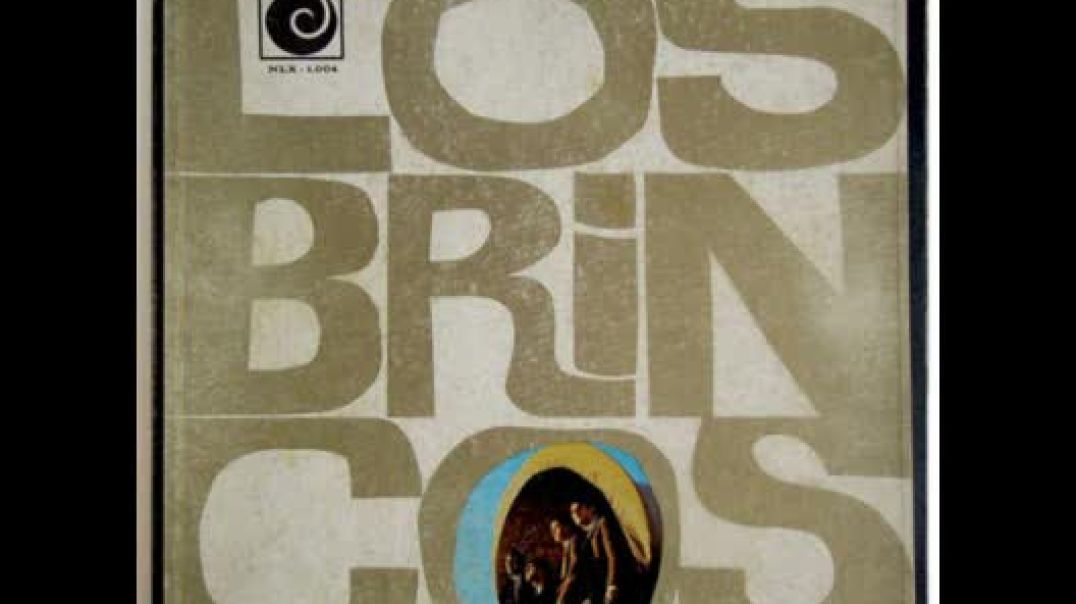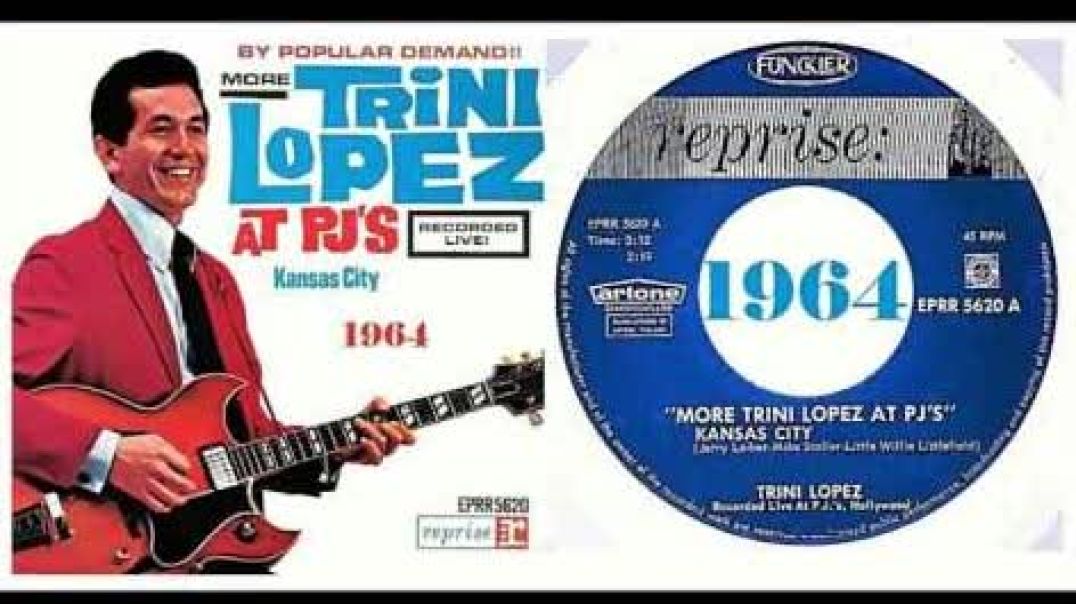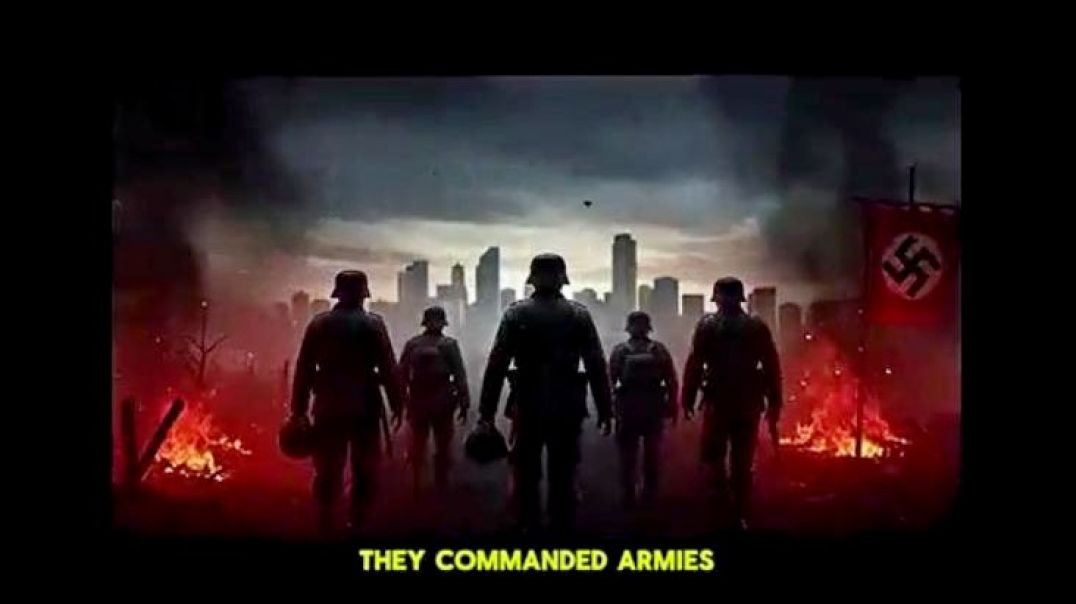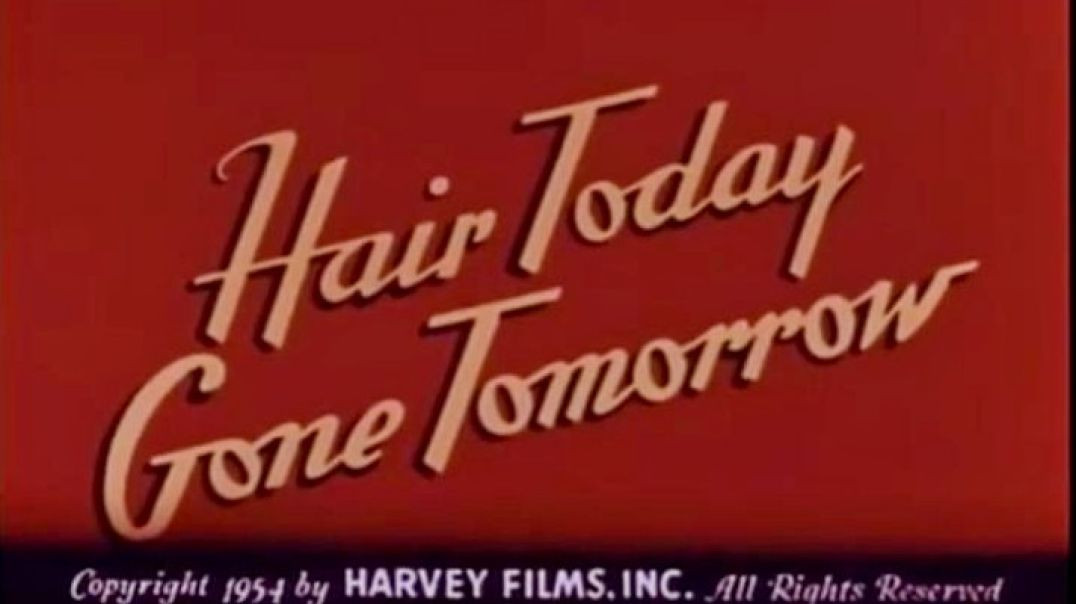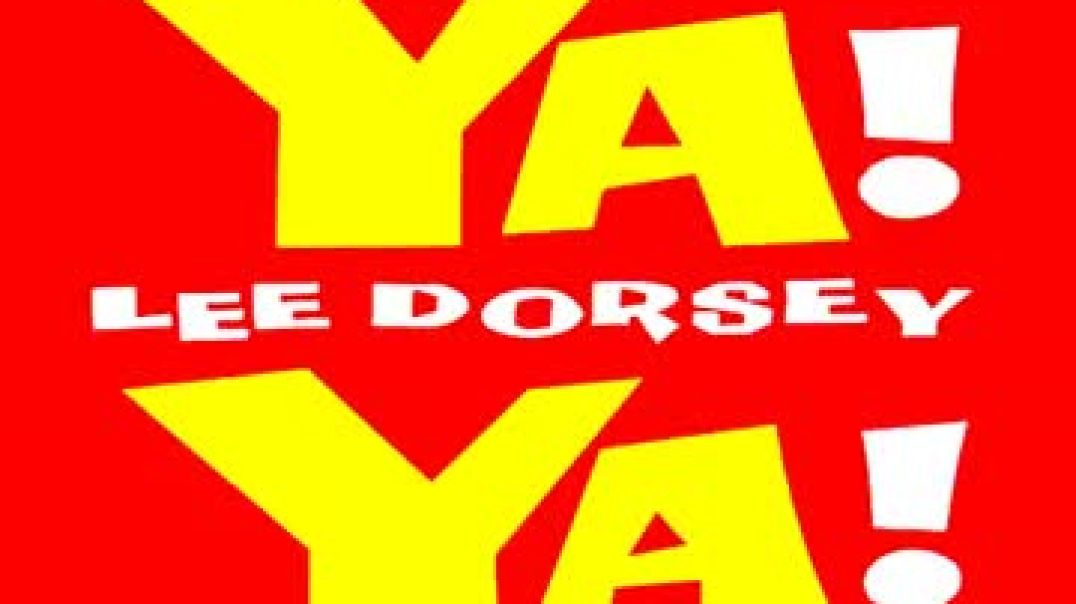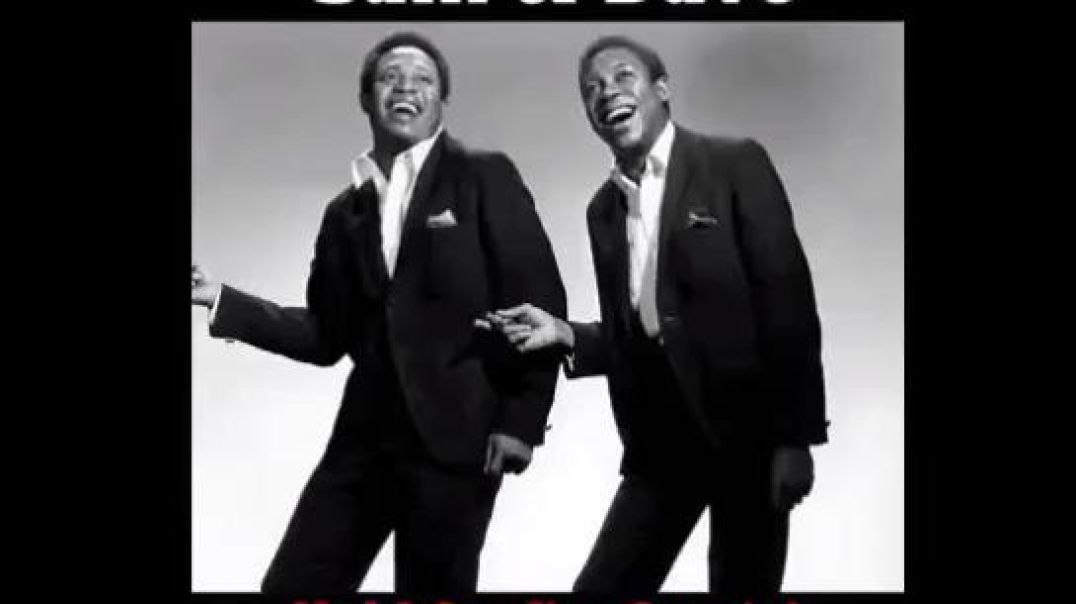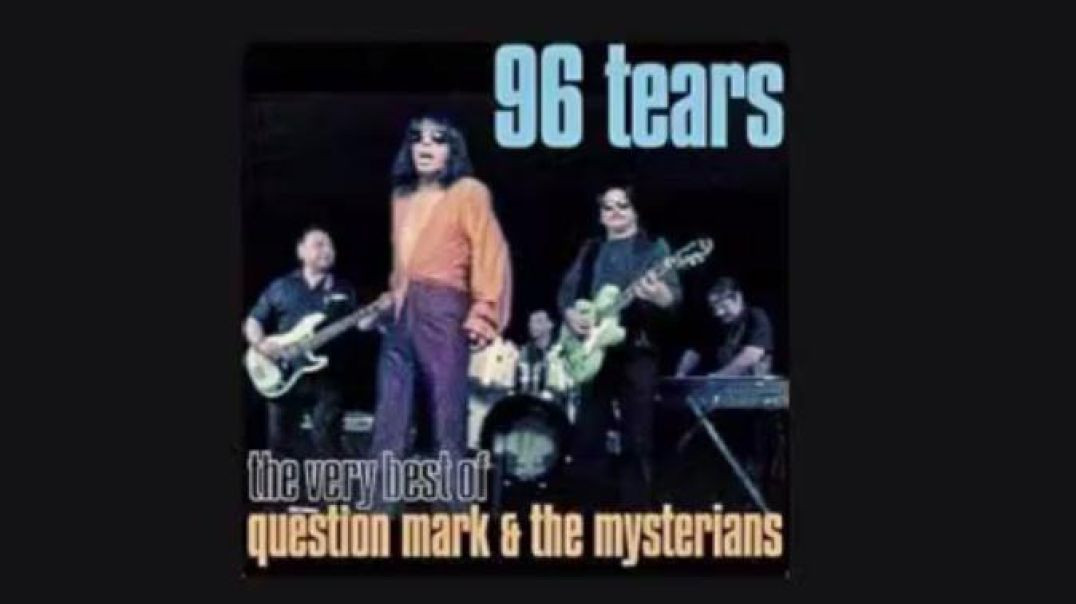Top videos
The President of El Salvador Just Told Tucker that MS 13 Participates in Satanic Child Sacrifice Rit
The President of El Salvador just told Tucker that MS 13 participates in Satanic child sacrifice rituals after he saved the country from the gang takeover.
We need more leaders like him…
Source: https://t.me/LauraAbolichannel/70543
Prime Minister Anthony Albanese says politics is becoming “more brutal” due to anonymous trolls who post things on social media they’d never say to his face.
I can assure him I would more than happily say every single word I’ve said about him online and more to his face. Please let us know, Albanese, when you plan on talking to anyone other than the MSM who shields you from the public’s utter disdain.
Source: https://t.me/zeeemedia/20478
Deputy Chief of the Main Operations Directorate of the General Staff of the Russian Armed Forces Yar
Deputy Chief of the Main Operations Directorate of the General Staff of the Russian Armed Forces Yaroslav Moskalik died in a Car Explosion in Balashikha — Mash
"The car was blown up with an IED - it was planted inside, next to the gas cylinder equipment, and activated remotely when the victim left the entrance."
Source: https://t.me/AussieCossack/35543
The EU Court of Justice has found Ursula von der Leyen responsible for concealing information about contracts for the purchase of COVID-19 vaccines in 2021-2023.
The correspondence in question concerns the European Commission chief's exchange with the CEO of Pfizer on procurement for governments during the pandemic. In 2021, the New York Times reported that von der Leyen and Albert Bourla discussed the largest vaccine procurement contract in the EU's history .
The total value of the deal could have reached 35 billion euros , and the 1.8 billion doses purchased significantly exceeded the needs of the EU residents.
The footage shows the moment the ruling was announced in the case of the head of the European Commission. The court ruled that the EC "did not provide a convincing explanation to justify the absence of the requested documents" (text messages between von der Leyen and the CEO of Pfizer).
Source: https://t.me/AussieCossack/36294
OUR DAILY OLDIES: (INTERNATIONAL EDITION) BACK IN THE 60s, LOS BRINCOS (FROM SPAIN) WERE CALLED 'THE SPANIARD BEATLES'. IT WAS ONE OF THE MANY EUROPEAN GROUPS VERY POPULAR AROUND THE WORLD BUT NEVER PLAYED ON AMERICAN RADIO. BACK THEN, THEY ALL HAD THE 'BRITISH' STYLE BUT THE LANGUAGES WERE DIFFERENT. ENJOY IT!
Musk had publicly criticized the massive spending bill championed by Trump, known as the "One Big Beautiful Bill", claiming it undermines the mission of the Department of Government Efficiency (DOGE) and increases the federal deficit, directly contradicting his own mandate to reduce wasteful government spending.
His criticism reportedly strained his relationship with Trump, who nonetheless responded by publicly thanking Musk for his efforts at DOGE.
Elon’s 130-day mandate as a special government employee was set to expire around May 30. Although his term comes to an end, Musk reiterated that DOGE's effort to restructure & shrink the federal government will continue.
Source: https://t.me/LauraAbolichannel/72159
OUR DAILY OLDIES
How dangerous is it for Australians to rely on Coles and Woolies for food supply in the event they were unban to restock shelves ?
OUR DAILY OLDIES: CHATTANOOGA CHOO CHOO WAS A VERY POPULAR BIG BAND SONG IN THE 1940s BY GLENN MILLER's ORCHESTRA. WHEN I WAS A LITTLE KID, CHATTANOOGA CHOO CHOO WAS STILL PLAYING ON THE RADIO. THIS IS THE DISCO VERSION OF THE LATE 1970s.
OUR DAILY OLDIES
YESTERDAY I PUBLISHED A VIDEO ABOUT HOW HITLER ESCAPED TO ARGENTINA AND DIED OF OLD AGE AT 95. HE WAS NOT THE ONLY ONE. MANY NAZI OFFICERS AND SOLDIERS ALSO ESCAPED TO ARGENTINA AND OTHER COUNTRIES IN SOUTH AMERICA. WITH ONE OR TWO EXCEPTIONS, THEY ALL LIVED WITH NEW IDENTITIES AND DIED OF OLD AGE.
CLASSIC CARTOONS
CLASSIC CARTOONS
OUR DAILY OLDIES
OUR DAILY OLDIES
OUR DAILY OLDIES: QUESTION MARK TRIED TO DO THE SONG IN SPANISH. THEY DID IT IN A VERY BAD SPANISH BUT AT LEAST THEY TRIED AND DID IT.
CLASSIC CARTOONS
ELON MUSK tried to expose this. They kicked him out for it.
This isn’t a conspiracy. This is documented, government-recorded child disappearance on a massive scale.
In the last few years:
👉 452,121 migrant children entered the U.S. alone.
👉 The government took custody of every single one.
👉 Then 350,000 were handed over to adults the government can’t identify or locate.
👉 Facilities run by DHS, HHS, and contracted NGOs had so many sexual assault reports that even the Biden administration had to open investigations.
👉 Lawsuits were filed… and then mysteriously dropped.
👉 And wellness “checks” consisted of a single 30-second phone call.
With @jamiemcintyre21 (https://x.com/jamiemcintyre21) and @RyanMattaMedia (https://x.com/RyanMattaMedia)
Source: https://x.com/ANRHeadlines/sta....tus/1992376032591290
OUR DAILY OLDIES: SPECIAL EDITION FOR NEW YEAR EVE. THE CLASSIC PARTY SONG, CELEBRATION BY KOOL AND THE GANG, THE LATINO VERSION BY THE MIAMI BASED GROUP 'THE JUDGE'S NEPHEWS' AND A SONG WITH THE SAME TITLE BY 'OSIBISA' FROM AFRICA. HAPPY NEW YEAR!
CLASSIC CARTOONS



